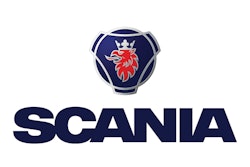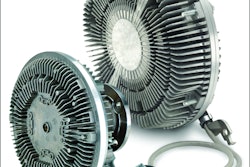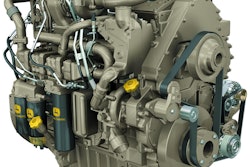Scania is prepared to start delivering trucks with engines that comply with the European emission standards (Euro 6) which are being introduced in 31 December 2013. The engines combine a host of innovative technical solutions to cut emissions radically. Emissions of nitrogen oxides and particulates are cut by around 80% compared with the standards currently in force (Euro 5).
Scania’s Euro 6 engines make it possible for keen operators to take the next step and invest in the greenest technology available in the market. They will be able to benefit from lower motorway charges and other incentives that may be introduced by authorities. Vehicles with the latest emission standard also command a higher value in the second-hand market.
“We are proud to be able to make this remarkable feat of engineering available to our customers even now. The new engines are designed to give the same performance and fuel efficiency as their Euro 5 counterparts,” says Martin Lundstedt, Executive Vice President in charge of Scania’s sales and marketing.
In the development of the Euro 6 engines, all done in-house, Scania has combined all the new technologies developed by the company in recent years: exhaust gas recirculation, variable turbo geometry, common-rail high-pressure fuel injection, selective catalytic reduction and particulate filtering.
“Add to that our own engine and exhaust management technology, which has now been integrated into one system”, says Jonas Hofstedt, Senior Vice President Powertrain Development.
The development of the new engine generation and the technology to meet future emission legislation has taken five years and involves costs for Scania of approximately SEK 10 billion.
Euro 6 emission standards will enter into force in the European Union and certain neighbouring countries on 31 December 2012 for new vehicle models and one year later for all new vehicles sold.
Euro 6 is the first step towards the implementation of world harmonised emission standards, encompassing Europe, North America and Japan and this will facilitate coordination and development for future standards.

















